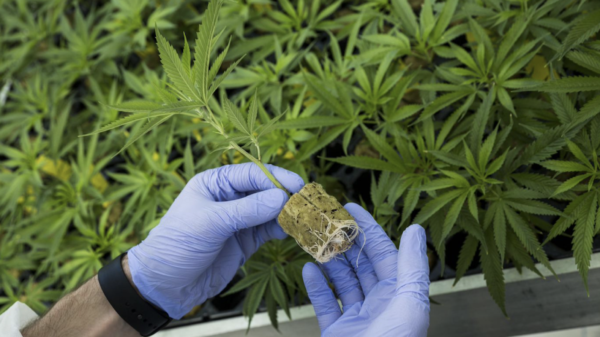Tilray, Inc. (NASDAQ: TLRY) sales tripled to $23 million in the first quarter of 2019 over the same period last year, driven by sales in the legal market and in food products, it announced May 14 in its Q1 report. Legal weed helped the Nanaimo-based company generate $7.9 million in adult-use market and $7.8 million in medical pot. And its acquisition of Manitoba Harvest last February, helped spur on $5.6 million in sales of hemp food products. (All figures in this article are in U.S. dollars.)
Gross margin shows modest improvement despite incredible sales growth
Tilray was able to add $15 million to its top line, but its gross margin showed a very nominal improvement, rising just $1.5 million— a big drop from 50 per cent to just 23 per cent over last year’s quarter. It blamed the lower margins on “increased costs incurred with the ramping up of cultivation facilities in Canada and Portugal and acquiring third party supply.”
This could be a concern going forward as a low margin means even with significant sales growth, any rising expenses may not be covered. Tilray offered no assurances the low margins wouldn’t continue, which is something investors will want to watch in future periods considering the rate at which expenses have been increasing.
Rising expenses lead Tilray to $30.3 million loss
Tilray saw a net loss of $30.3 million with operating expenses in the first quarter reaching $33 million, which eclipsed both its margin and total sales. A big reason for the rise in cost was acquisition-related costs of $4.4 million. Other cost increases were similar with what other marijuana companies have seen: rising general and administrative expenses, selling costs, as well as increases in stock-based compensation.
Costs may continue to rise as Tilray continues to grow in its future:
– Brendan Kennedy, President and CEO of Tilray
The company announced plans May 8 to expand its production capabilities by investing in its existing facilities. With aspirations to grow internationally, investors shouldn’t be surprised if Tilray continues to invest in more capacity to ensure enough supply is on hand and avoid spreading itself too thin. With supply issues currently not meeting demand in the Canadian market, it can justify the extra production capacity.
Overall, the quarter was similar to Tilray’s Q4 results with losses mounting despite rising sales. It’s a recurring theme that is expected to continue in this high-growth industry where rising costs keep eclipsing growing sales.














